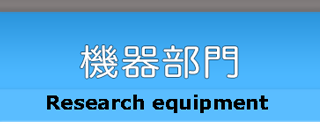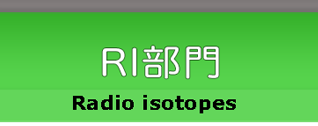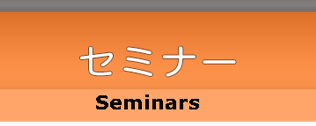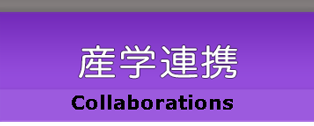

第104回実験実習支援センターセミナー
Central and peripheral glucoprivation;
how does tyrosine hydroxylase fit in the response?
how does tyrosine hydroxylase fit in the response?
演 者
Mohd Hanafi Ahmad Damanhuri
(Department of Biochemistry, Faculty of Medicine, National University of Malaysia (UKM))
日 時
平成26年3月25日(火)16:00〜
場 所
基礎研究棟2階 教職員ロビー
講演要旨
Hypoglycaemia evokes distinct counter regulatory mechanisms aimed at restoration of normal plasma glucose levels; for example, activation of the sympathoadrenal pathway evokes the release of catecholamines, primarily adrenaline, which stimulates glycogenolysis. The glucoprivic stimulus, 2-deoxy-d-glucose (2DG) also elicits these counter regulatory mechanisms not only in the periphery but also in the central nervous system. Here we explored the intracellular signalling pathways activated, in the adrenal medulla and in specific brain regions, that are evoked by 2DG. Additionally we also explored the expression of c-Fos in specific brain regions activated by glucoprivation. Conscious rats were subjected to glucoprivation or vehicle for 30, 60 or 120 min and changes in the phosphorylation of serine residues 19, 31 and 40 in the biosynthetic enzyme, tyrosine hydroxylase (TH), the activity of TH or, the expression of c-Fos were determined, in adrenal medulla and up to ten brain regions, simultaneously that contain catecholaminergic cell bodies and/or terminals: A1, A2, caudal C1, rostral C1, A6, A8/9, A10, nucleus accumbens, dorsal striatum and medial prefrontal cortex. Our results show that 2DG evoked increases in plasma adrenaline and glucose at 20 min. In the adrenal medulla, we found that protein kinase A (PKA) and cyclin dependent kinases (CDK) were activated 20 min following 2DG, whereas mitogen activated protein kinase (MAPK) was activated later and PKC was not significantly stimulated. We demonstrated that phosphorylation of Ser40TH peaked after 20 min whereas phosphorylation of Ser31TH was still increasing at 60 min. Serine 19 was never phosphorylated. TH phosphorylation also occurred on newly synthesized protein 24 h after 2DG. In the brain, glucoprivation evoked phosphorylation changes in A1, caudal C1, rostral C1 and nucleus accumbens where few changes were evident at 60 min. Specific patterns of serine residue phosphorylation were detected, dependent upon the brain region, suggesting activation of distinct signaling cascades. As conclusion, 2DG increases secretion of adrenaline and glucose into the plasma, and in the adrenal medulla activates PKA, CDK and MAPK, and evokes phosphorylation of Ser40 and Ser31 in the short term and induces TH synthesis in the longer term all of which most likely contribute to increased synthesis of adrenaline. Whilst changes in phosphorylation of TH serine residues in specific brain regions provide a highly sensitive measure of activity, cellular signalling and catecholamine utilization in catecholaminergic brain regions, in the short term, in response to glucoprivation.
分子神経科学研究センター・実験実習支援センター 共催
| このセミナーは大学院博士課程の講義として認定されています。 |
 前へ 前へ
|
先頭へ
|
Last Updated 2014/3/10











